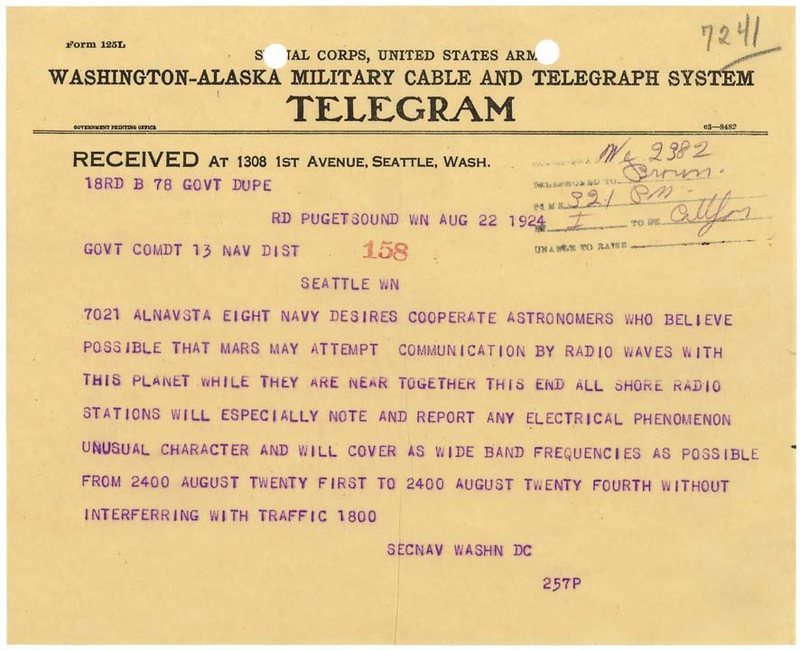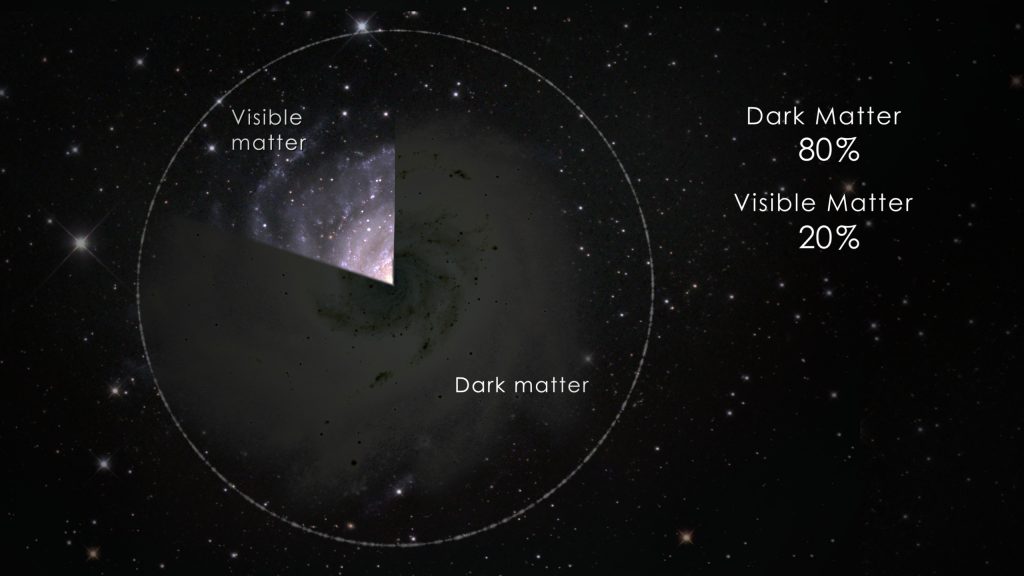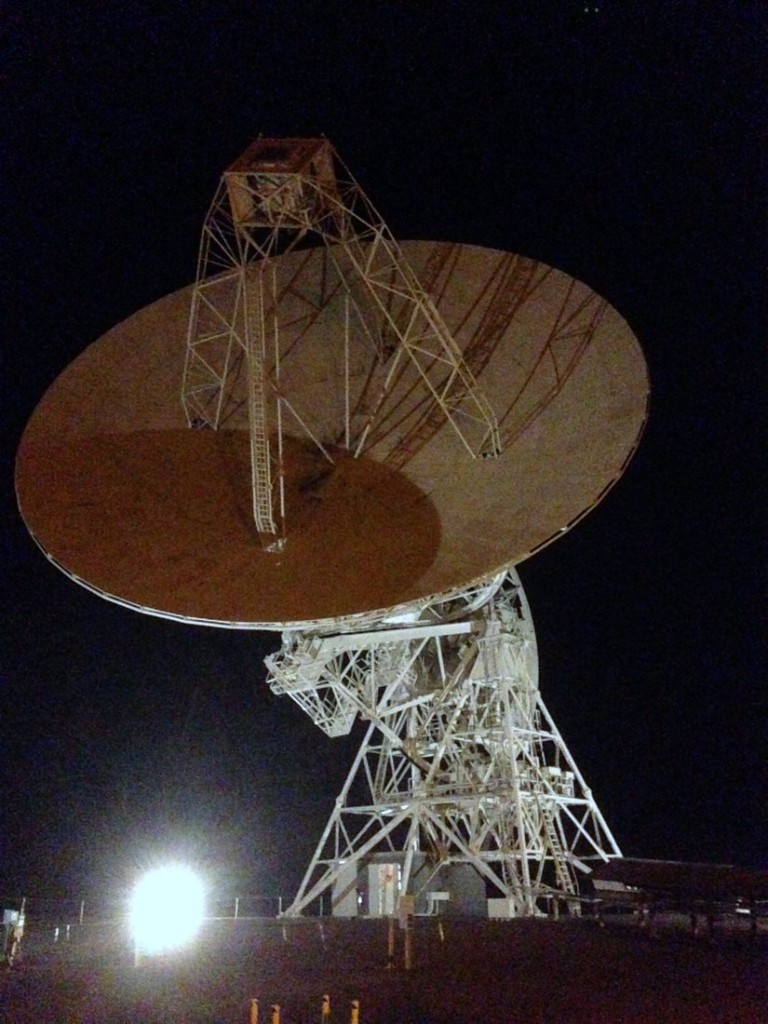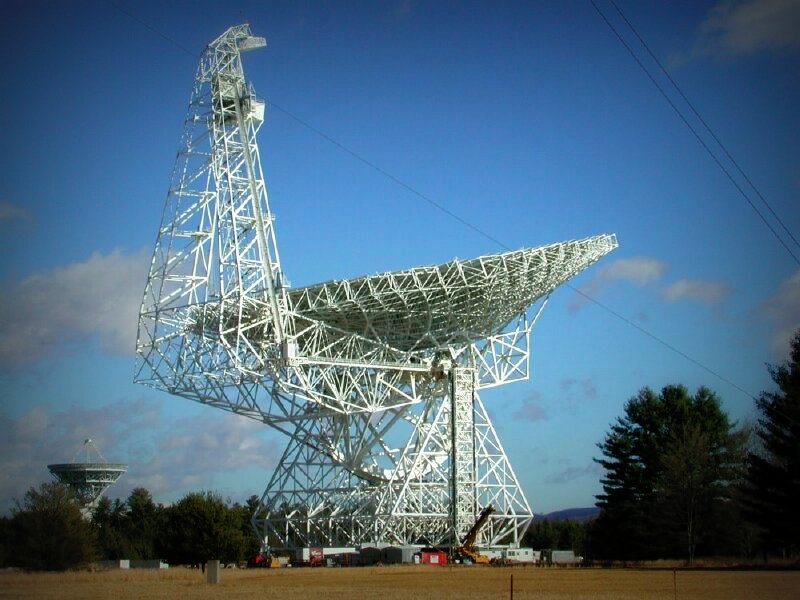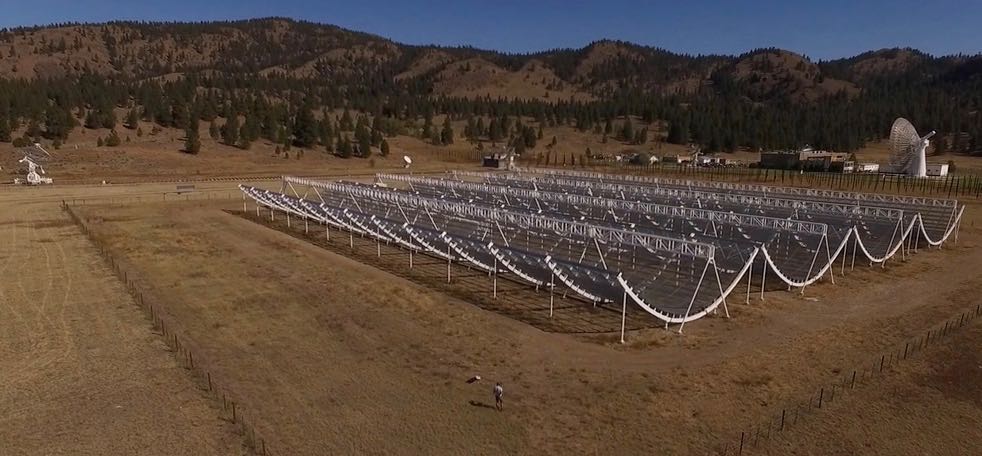(Source: Atlas Obscura via William McFadden)
When the red planet comes close to Earth, some people have tried to tune in to see if it has anything to say.
ON RECENT EVENINGS, AS JULY has melted into August, Earth’s rocky red companion has dropped by for a visit. Earth and Mars, when they’re on opposite sides of the Sun, can be as many as 250 million miles apart. This week, however, Mars has been just shy of 36 million miles from Earth, the snuggest our planets have been since 2003. Looming bright and orange in the night sky, it has been easily visible to the naked eye. The close-up comes courtesy of opposition—the point at which Mars, Earth, and the Sun align, with us sandwiched in the middle.
When the planets approached a similarly cozy distance 94 years ago, in August 1924, some people, including Curtis D. Wilbur, the Secretary of the U.S. Navy, thought it might be possible to actually hear messages from our neighbor. If Martians were ever going to drop us a line, they suspected, that’d be the time.
From an office in Washington, D.C., Wilbur’s department sent orders to every naval station clear across the country. An outpost in Seattle received a telegram asking operators to keep their ears tuned to anything unusual or, maybe, otherworldly.
“Navy desires [sic] cooperate [sic] astronomers who believe [sic] possible that Mars may attempt communication by radio waves with this planet while they are near together,” it read. “All shore radio stations will especially note and report any electrical phenomenon [sic] unusual character …” The orders asked for operators to keep the lines open and carefully manned between August 21 and August 24, just in case.
This request didn’t come out of nowhere. There was a long buildup to the idea that Mars might be trying to tell us something, with technologies that were then new to us.[…]


